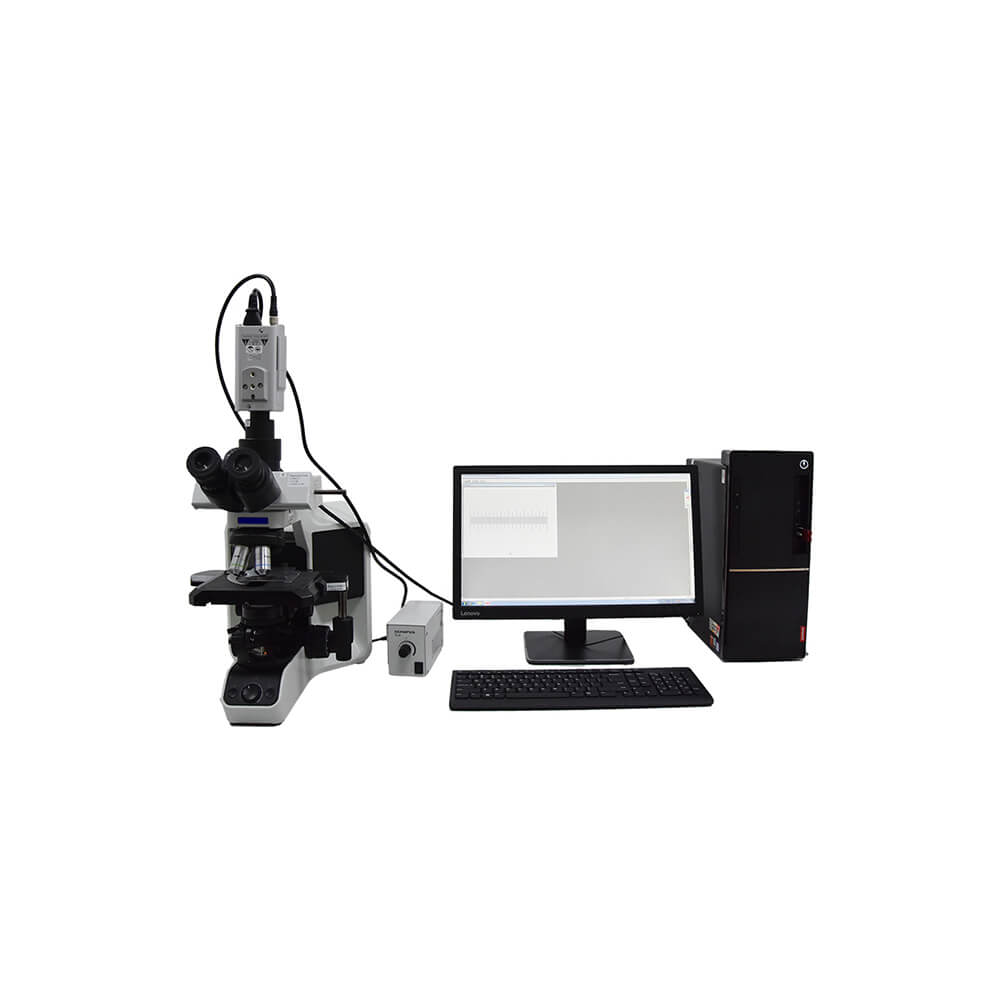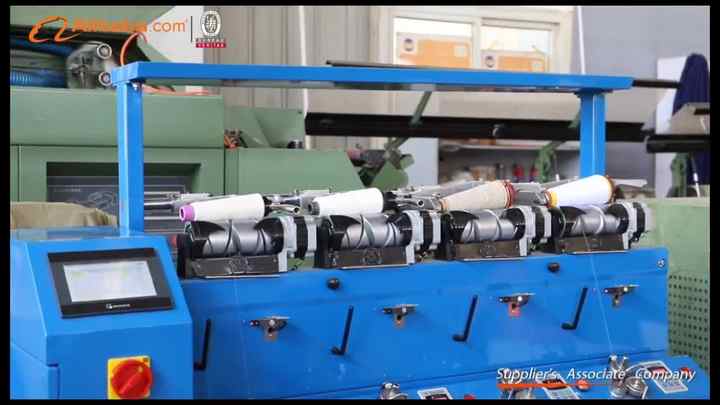Enhance Your Fibre Optic Projects With a Reliable Diameter Analyser
The integration of an effective diameter analyser right into fiber optic projects functions as a pivotal element in achieving accuracy and uniformity. By facilitating exact size measurements, these analysers not just boost the high quality of setups however additionally mitigate potential compatibility issues among parts. The innovative capacities of modern-day analysers streamline information collection and top quality control processes. As we explore the crucial functions and advantages of these tools, it comes to be noticeable just how they can change job end results and make sure adherence to market requirements. What stays to be talked about is how to successfully carry out these analysers in your existing process.
Value of Size Measurement
Determining the diameter of fibre optic cords is a critical job that makes certain optimum efficiency and integrity in communication systems. Exact size measurement is important for different factors, mostly for preserving signal stability and minimizing loss. A cable's diameter directly affects its ability to send light effectively; variances from the defined diameter can lead to boosted attenuation, which impacts the general performance of the network.
Additionally, precise measurement is critical throughout the installment and upkeep of fiber optic systems. An inappropriate fit between cables and connectors can cause signal destruction or full failure of communication links. By making sure that diameters are within defined resistances, specialists can improve compatibility between elements, resulting in improved system dependability.
In addition, diameter dimension plays a substantial duty in quality assurance throughout production. Consistency in the diameter of fibre optic wires is essential for guaranteeing uniform efficiency throughout different sets. optical fibre diameter analyser. This uniformity aids producers maintain sector criteria and cultivates confidence amongst end-users
Functions of an Effective Analyser
An efficient analyser for fiber optic jobs must include numerous essential functions that enhance accuracy and usability in size dimension. High-resolution optical sensors are necessary for exact diameter analyses, enabling users to discover even the least variations in fibre density. These sensing units must be enhanced by sophisticated calibration systems, ensuring consistent efficiency throughout various problems and materials.
Secondly, an user-friendly user interface is vital for promoting simplicity of procedure. This includes user-friendly software that enables for smooth information input and output, along with visual representations of the dimensions taken. A portable style improves usability in numerous field environments, making it simpler to perform assessments on-site.
In addition, the analyser must support numerous measurement settings, fitting different fiber types and applications. The capacity to shop and fetch historical information is another vital feature, allowing customers to track efficiency in time and make educated choices.
Benefits for Fibre Optic Projects
Implementing a diameter analyser in fiber optic tasks supplies significant benefits that dramatically enhance project efficiency and high quality. One of the main advantages is the capability to make sure accurate measurements of fiber size, which is essential for preserving optimum performance in fibre optic systems. Exact size analyses assist in the recognition of he has a good point variances that could cause signal deterioration or loss, therefore guaranteeing top notch transmission.
Additionally, making use of a size analyser streamlines the quality control procedure. By automating dimension jobs, job groups can minimize the moment invested in hands-on inspections, causing faster task completion and decreased work costs. This performance also permits more strenuous screening protocols, leading to enhanced product reliability.
Additionally, consistency in fibre diameter dimensions advertises compatibility with other fiber optic parts, minimizing the danger of installation errors and improving total system performance. The consolidation of a size analyser not just help in keeping sector standards yet also cultivates self-confidence in task deliverables.
Integration Into Existing Workflows
Incorporating a diameter analyser into existing workflows can substantially improve the functional performance of fibre optic tasks. pop over to these guys By effortlessly including this modern technology, teams can accomplish exact measurements that are important to maintaining the stability and performance of fibre optic systems. This combination allows for real-time data collection and analysis, which can be important throughout the manufacturing and installation phases.
Furthermore, the capacity to automate size measurement processes decreases the potential for human error, making certain consistent quality control throughout the job lifecycle. The data created can be easily shared across platforms, helping with partnership among engineers, service technicians, and job managers. This ease of access improves decision-making and increases task timelines.

Selecting the Right Size Analyser
When selecting a size analyser for fiber optic projects, it is necessary to think about several vital elements that straight impact dimension precision and operational effectiveness. The resolution and accuracy of the analyser should straighten with the particular requirements of your task. Greater resolution instruments can discover minute variants in size, which is important for making certain optimum performance in fibre optic systems.
Following, evaluate the speed of measurement. For projects with limited due dates, a diameter analyser that uses quick information purchase can dramatically enhance efficiency. this post Furthermore, consider the analyser's compatibility with existing systems and software application. A seamless combination decreases configuration time and reduces disruptions throughout operations.
An additional crucial aspect is the array of sizes the analyser can suit. By thoroughly reviewing these aspects, you can choose a diameter analyser that improves the performance and precision of your fibre optic projects.
Conclusion
In verdict, the integration of an efficient size analyser is vital for improving fiber optic jobs. Precise diameter dimensions ensure optimum efficiency and integrity while decreasing installation mistakes. Advanced features promote real-time information collection and compliance with market criteria, ultimately raising the high quality of deliverables. By prioritizing the selection and implementation of a proper analyser, task efficiency is substantially improved, paving the means for successful outcomes in fiber optic applications.
A cord's diameter directly affects its capability to send light successfully; variances from the specified size can lead to boosted depletion, which affects the general performance of the network.
